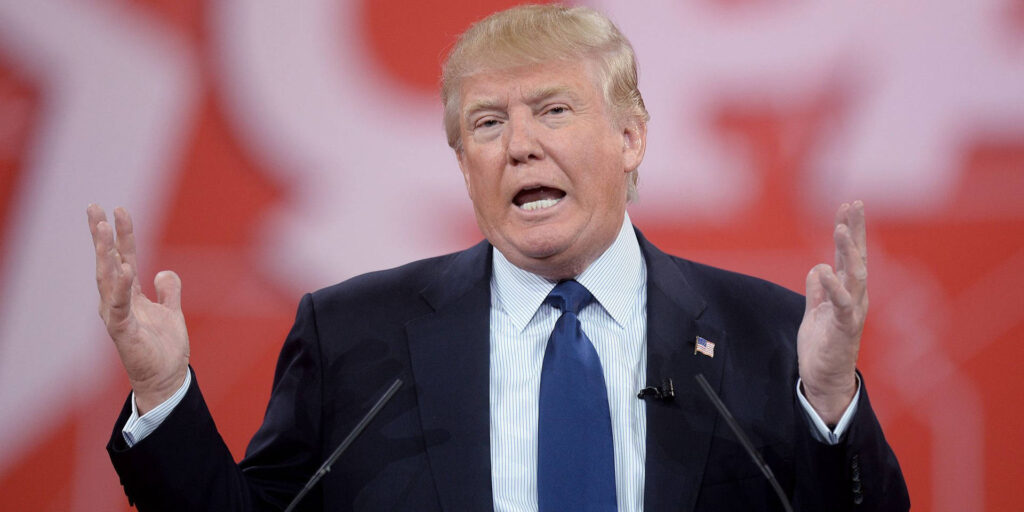The United States has intensified diplomatic efforts to rescue the fragile Gaza ceasefire after a weekend flare-up of violence threatened to unravel the week-old truce brokered by President Donald Trump. U.S. envoys Jared Kushner and Steve Witkoff met Israeli Prime Minister Benjamin Netanyahu on Monday in a bid to restore calm and push both Israel and Hamas to honor the agreement.
The truce, which had been hailed by Trump as “the historic dawn of a new Middle East,” was shaken after a Palestinian attack killed two Israeli soldiers, prompting retaliatory airstrikes that left at least 28 Palestinians dead. Despite the violence, both Israel and Hamas have recommitted to the ceasefire, though tensions remain high.
Trump said the U.S. is taking multiple steps to keep the ceasefire on track but warned that if Hamas cannot control its factions, “we’re going to eradicate them if we have to.” He clarified that no U.S. troops would be deployed on the ground.
Kushner and Witkoff’s visit aims to stabilize the ceasefire and launch talks on the next phase of the 20-step peace plan. U.S. Vice President JD Vance is expected to arrive in Israel on Tuesday for further discussions with Netanyahu on regional stability.
Meanwhile, the humanitarian situation in Gaza remains dire. Israeli tank fire on Monday reportedly killed three more people near the so-called “yellow line,” marking Israel’s initial military pullback zone. Confusion over the boundary has added to civilian fears, with residents reporting uncertainty about where it lies.
In a gesture that could signal progress, Hamas handed over the body of another hostage to the Red Cross on Monday. Egypt is also mediating talks in Cairo aimed at forming a technocratic administration for Gaza—an idea Hamas opposes as it resists disarmament and foreign governance.
With mistrust on both sides and sporadic violence continuing, Washington faces a steep challenge in preventing the ceasefire from collapsing and turning Gaza’s fragile calm into another full-blown conflict.

